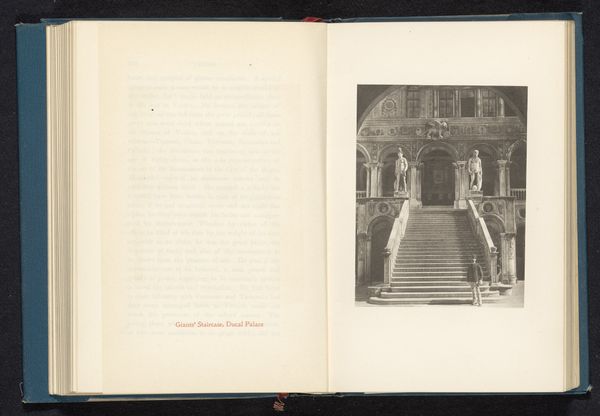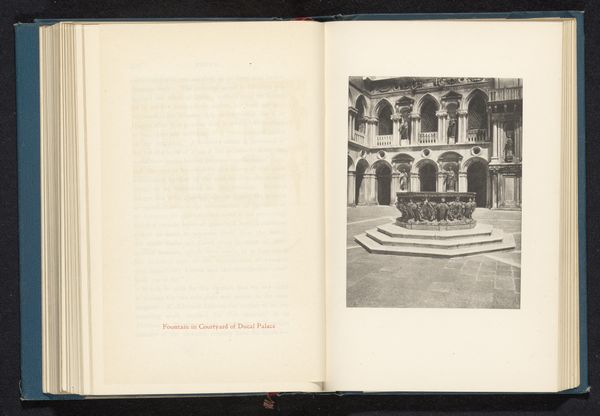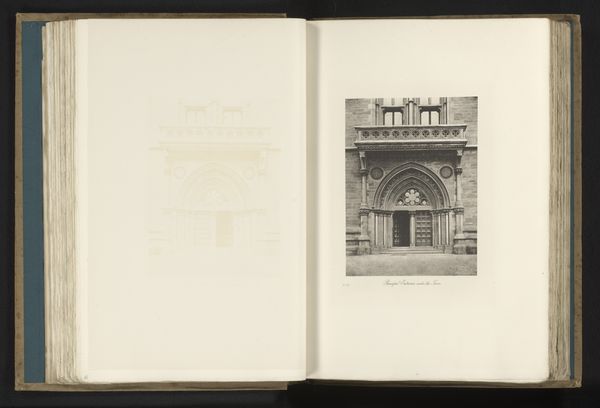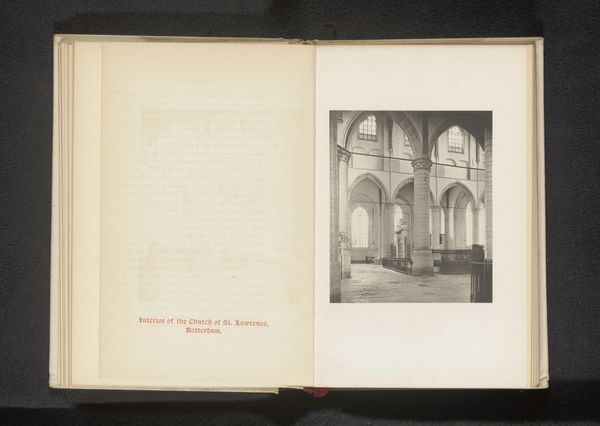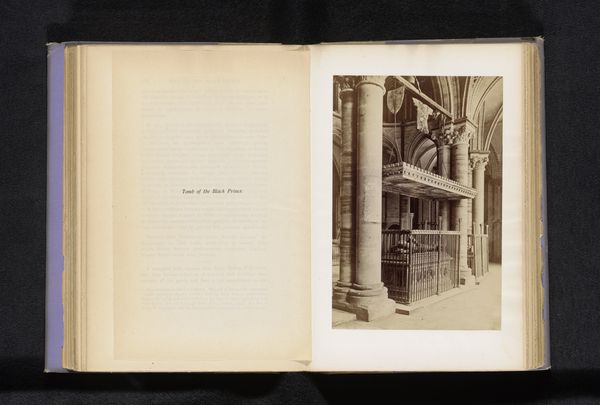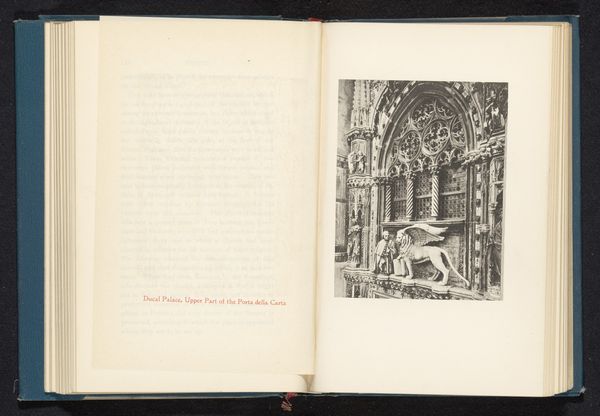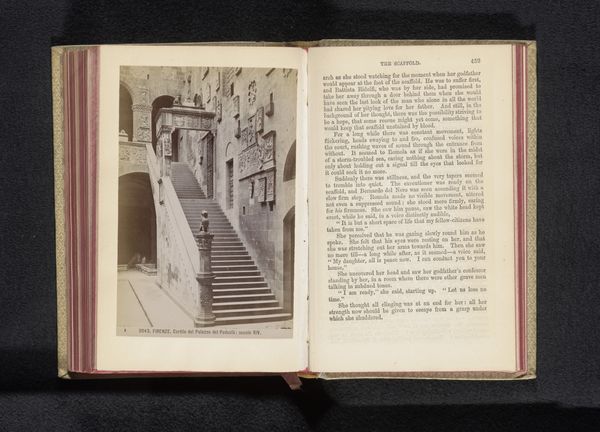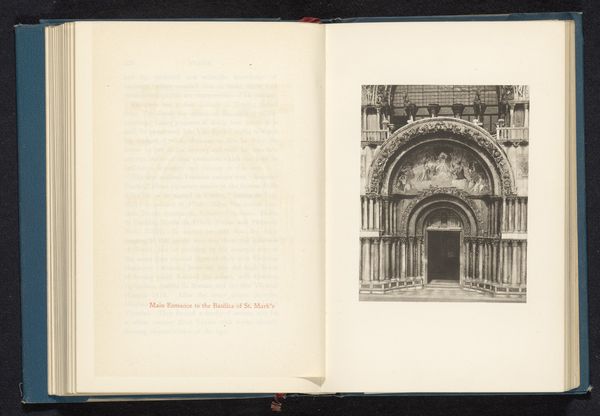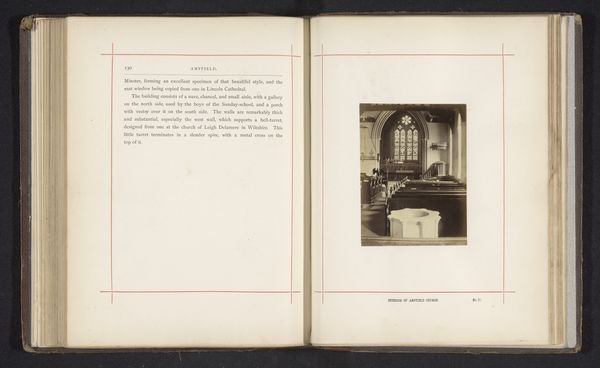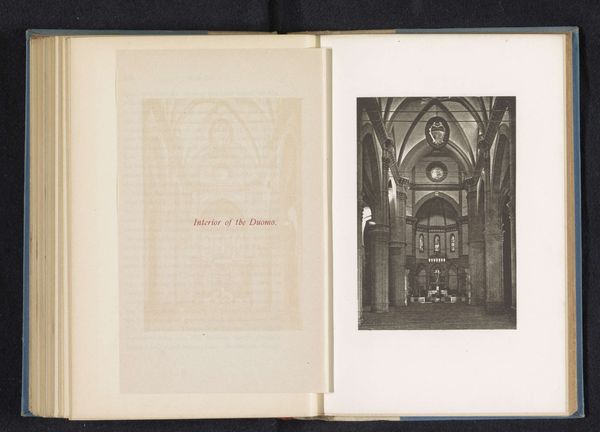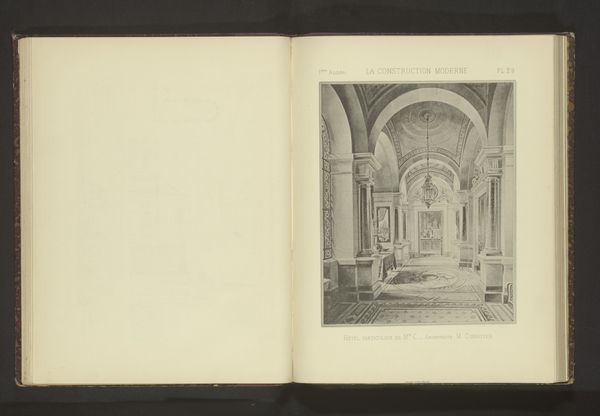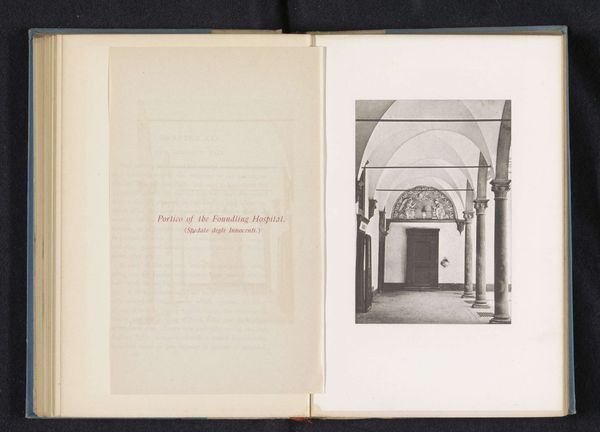
Dimensions: height 125 mm, width 93 mm
Copyright: Rijks Museum: Open Domain
Editor: Here we have an image of the "Bronzen poorten van de Campanile van Venetië," or the Bronze Gates of the Campanile of Venice, taken sometime between 1882 and 1892. It appears to be a photograph of the gates, highlighting the intricate bronze work against the backdrop of the building’s facade. I'm immediately drawn to the way the gates seem to both guard and invite. What stands out to you in this piece? Curator: What immediately strikes me is the power these gates exert, both physically and symbolically, within the context of Venetian history and its political structures. These weren’t merely decorative elements, were they? They speak volumes about access, privilege, and control in a city built upon trade and power. Editor: That's interesting. How so? Curator: Think about the Campanile itself, a symbol of Venice's wealth and power. Placing elaborate bronze gates at its entrance elevates this monument further. Who would pass through these gates, and what would that signify? Consider the socio-economic implications of this deliberate staging of access. Does it promote a specific narrative about Venice and its place in the world? Editor: So it’s less about the craftsmanship and more about what it represents? Curator: The craftsmanship is undeniably significant; it's part of the story. The deliberate choice of bronze, its intricate details... they all serve to project an image of Venetian sophistication and might. But understanding *why* such care was taken, who commissioned this work, and who it was intended to impress, gets us closer to understanding the historical narrative at play. Who was really intended to be kept out versus those granted passage? Editor: That really shifts how I see the piece. It’s not just a pretty gate, but a statement. Curator: Precisely. It invites us to critically examine the visual language of power embedded within the urban fabric of Venice. The historical context profoundly shapes our perception, wouldn’t you agree? Editor: Definitely. I’ll remember to always consider the broader cultural forces at play. Thanks for that insightful perspective.
Comments
No comments
Be the first to comment and join the conversation on the ultimate creative platform.
